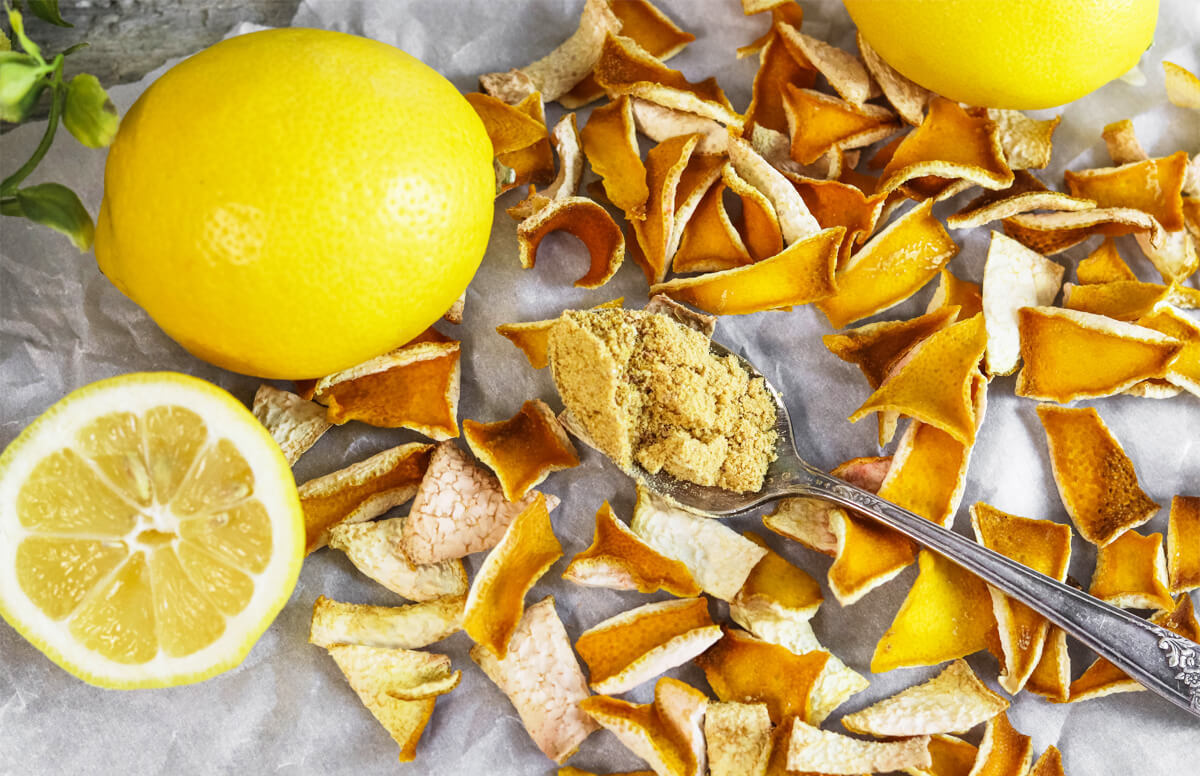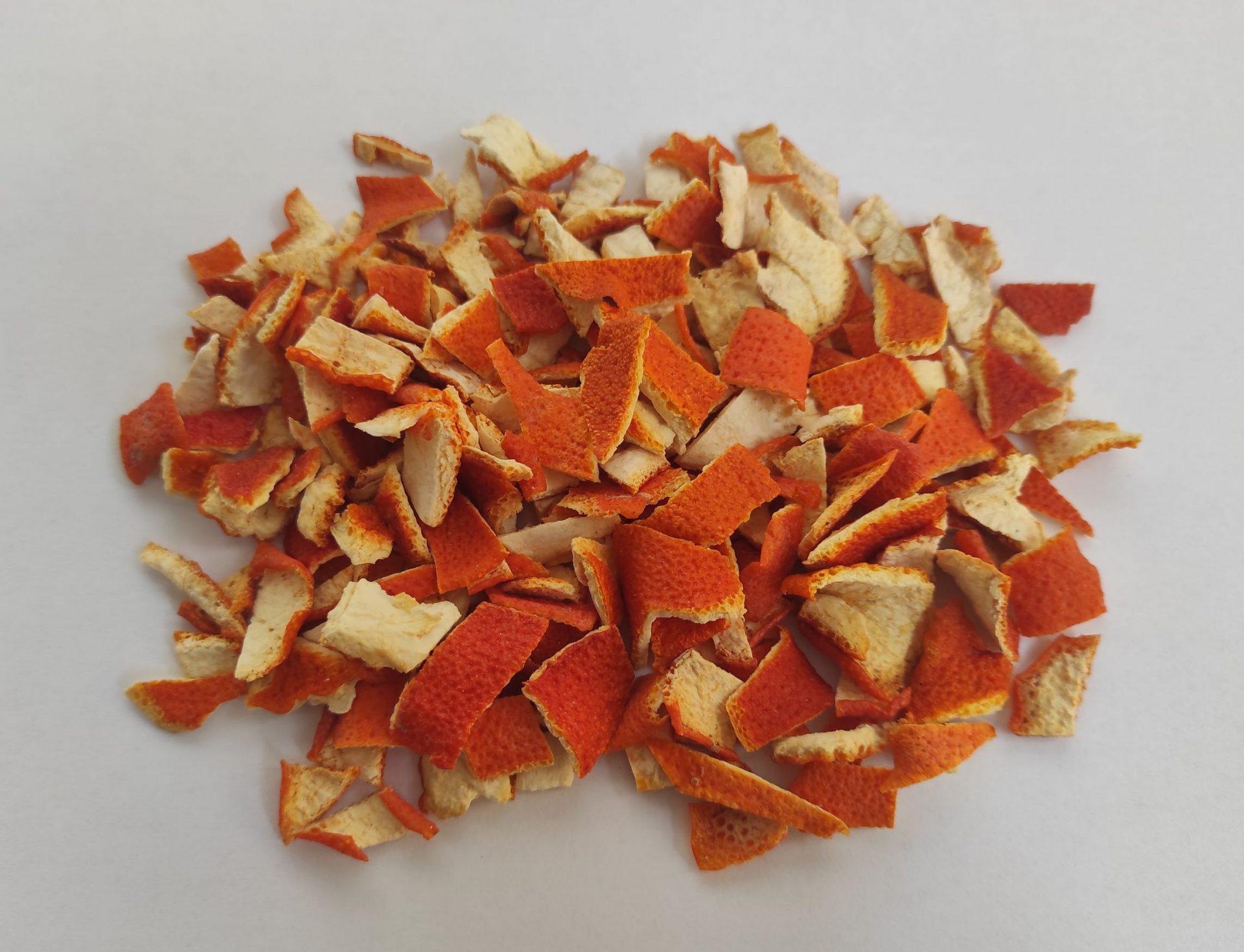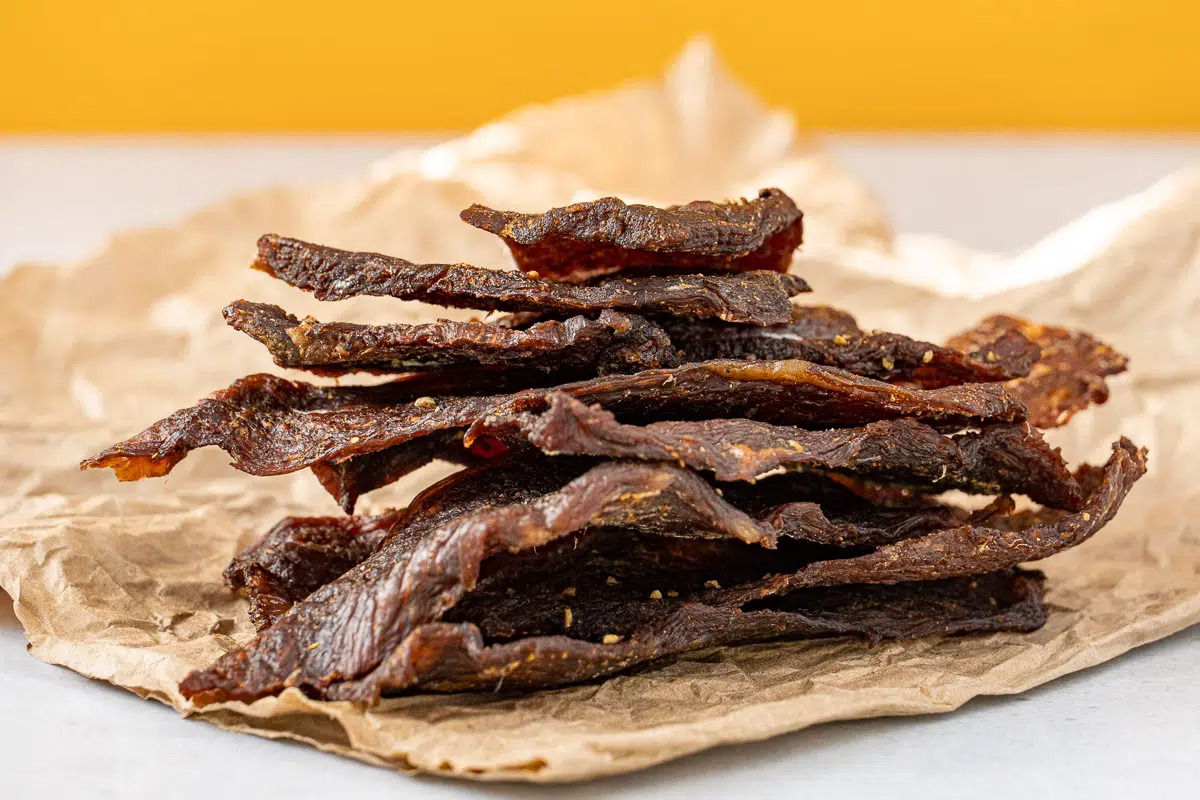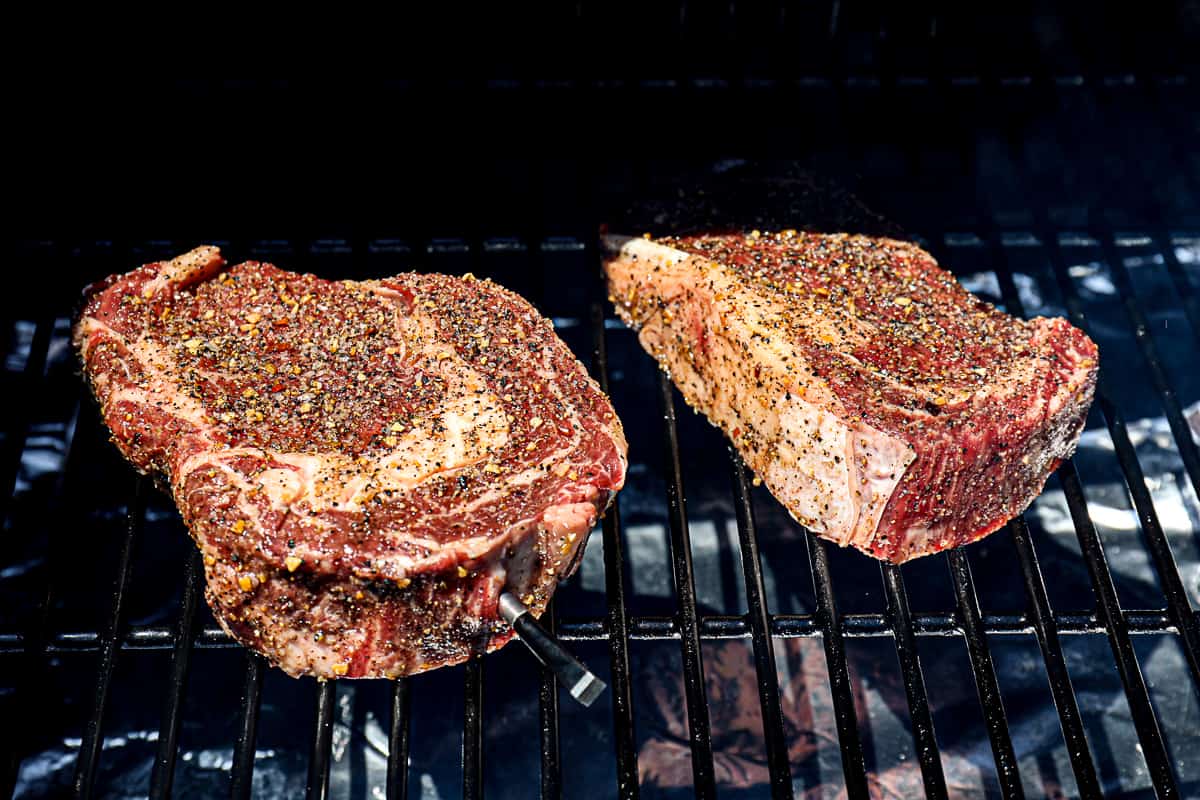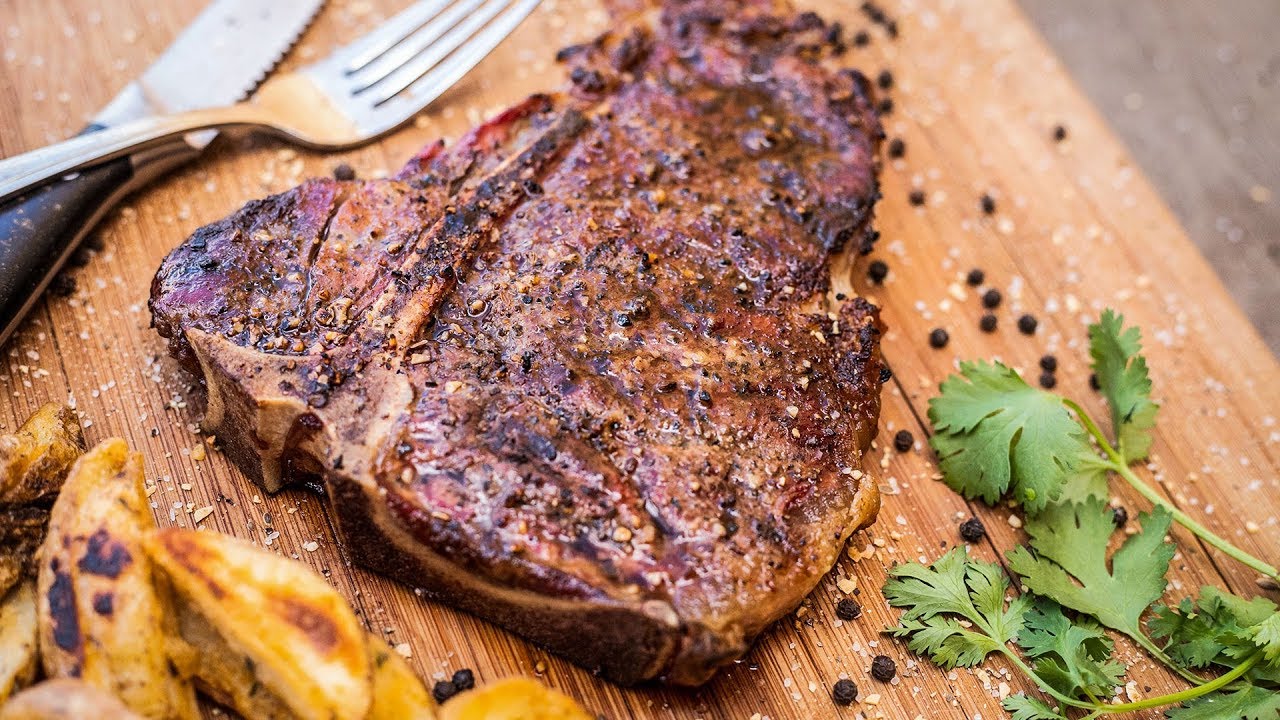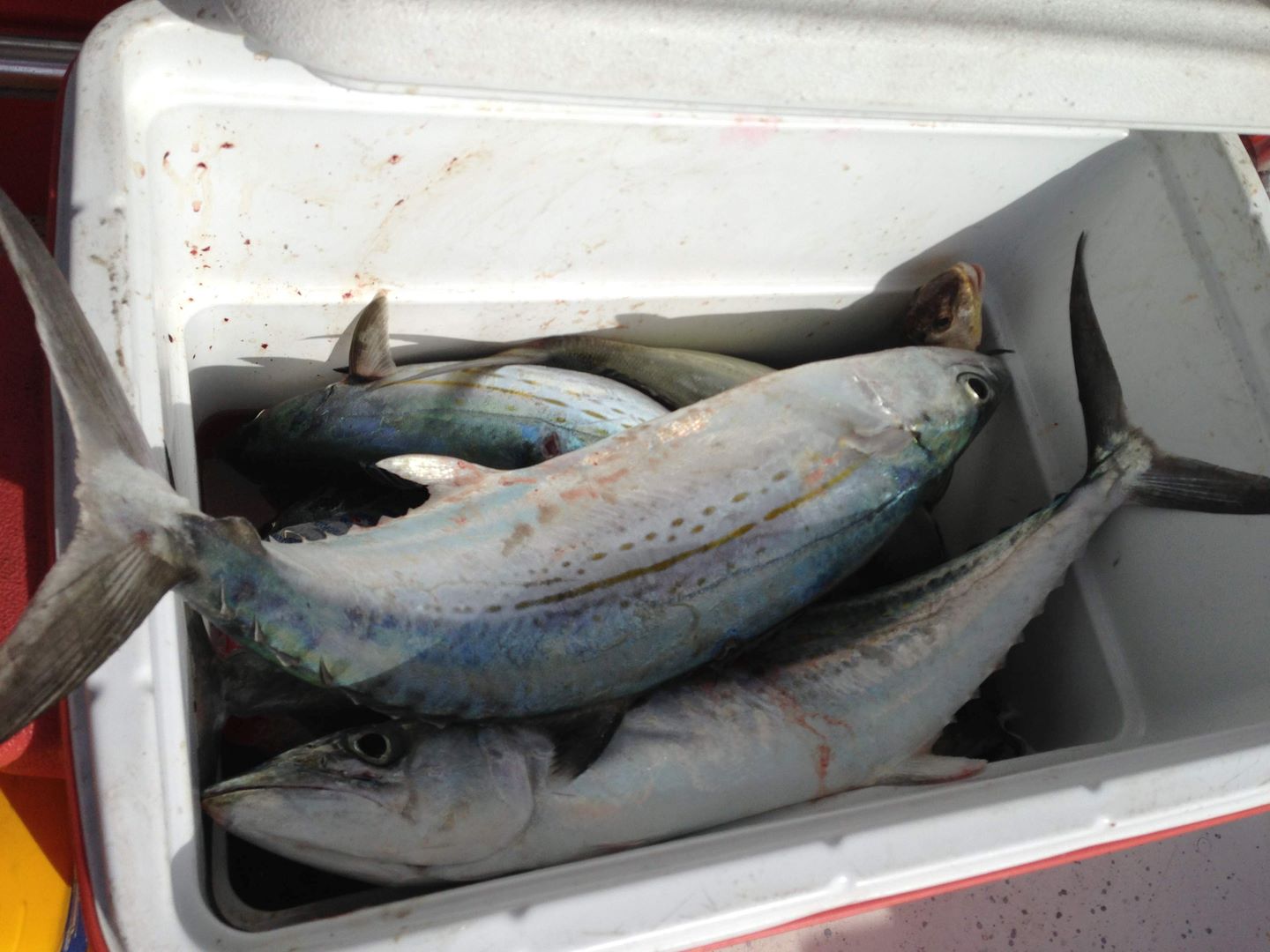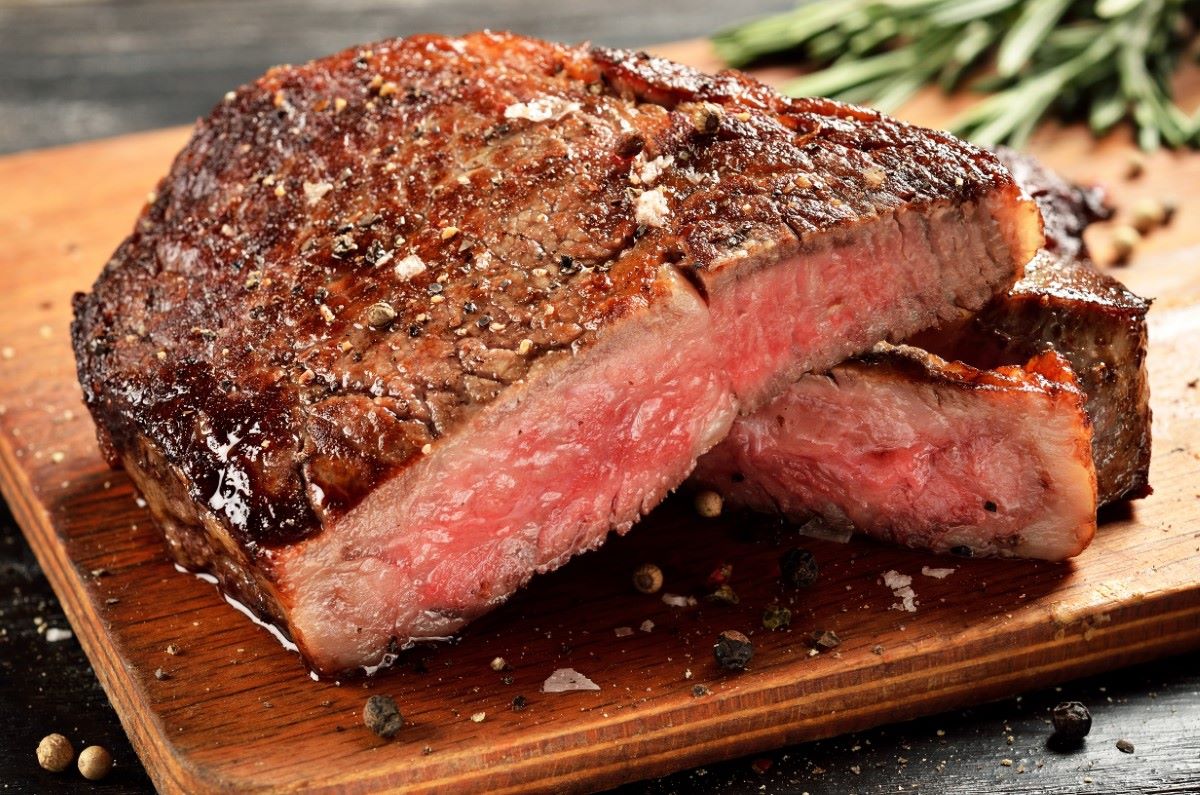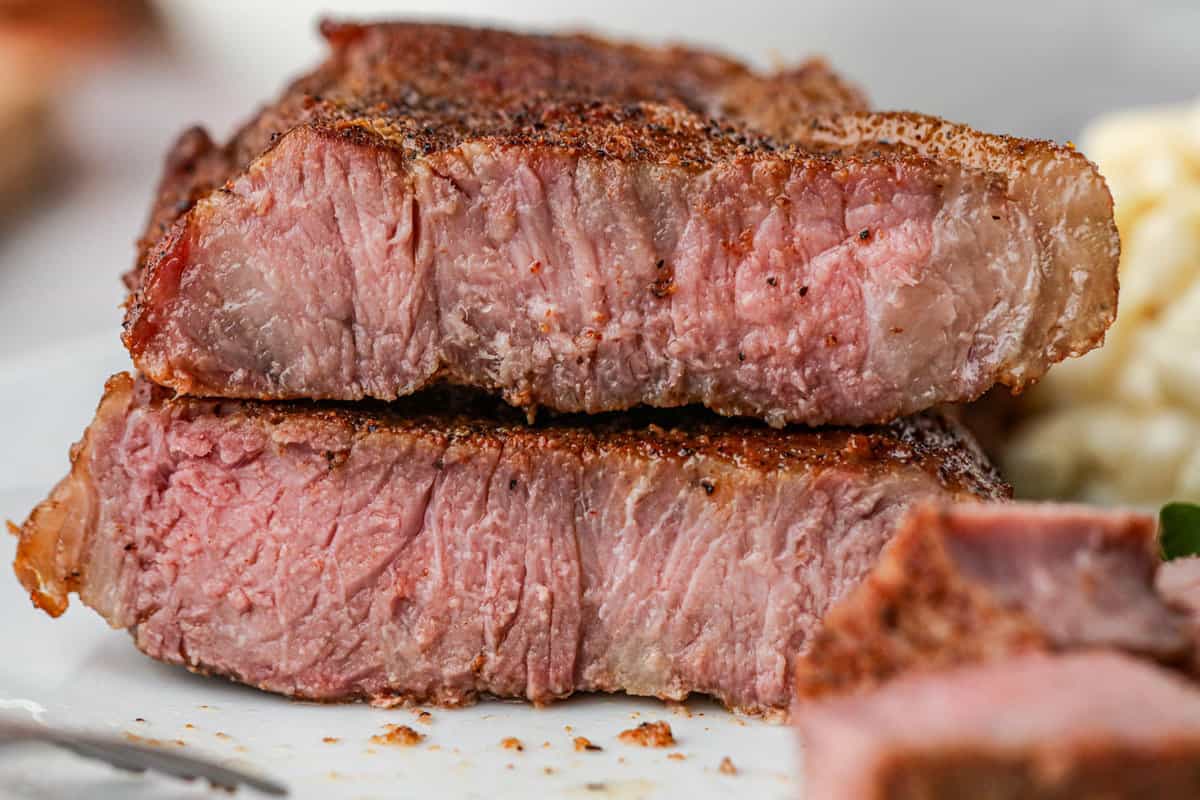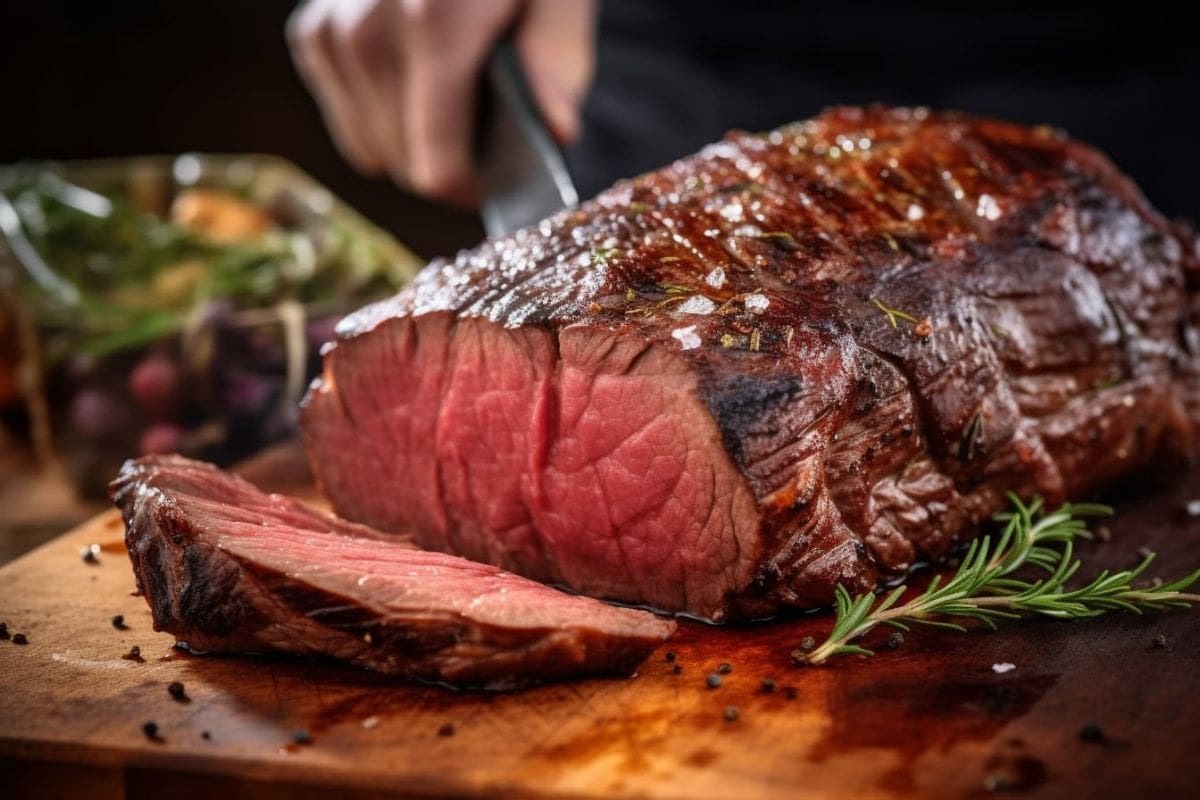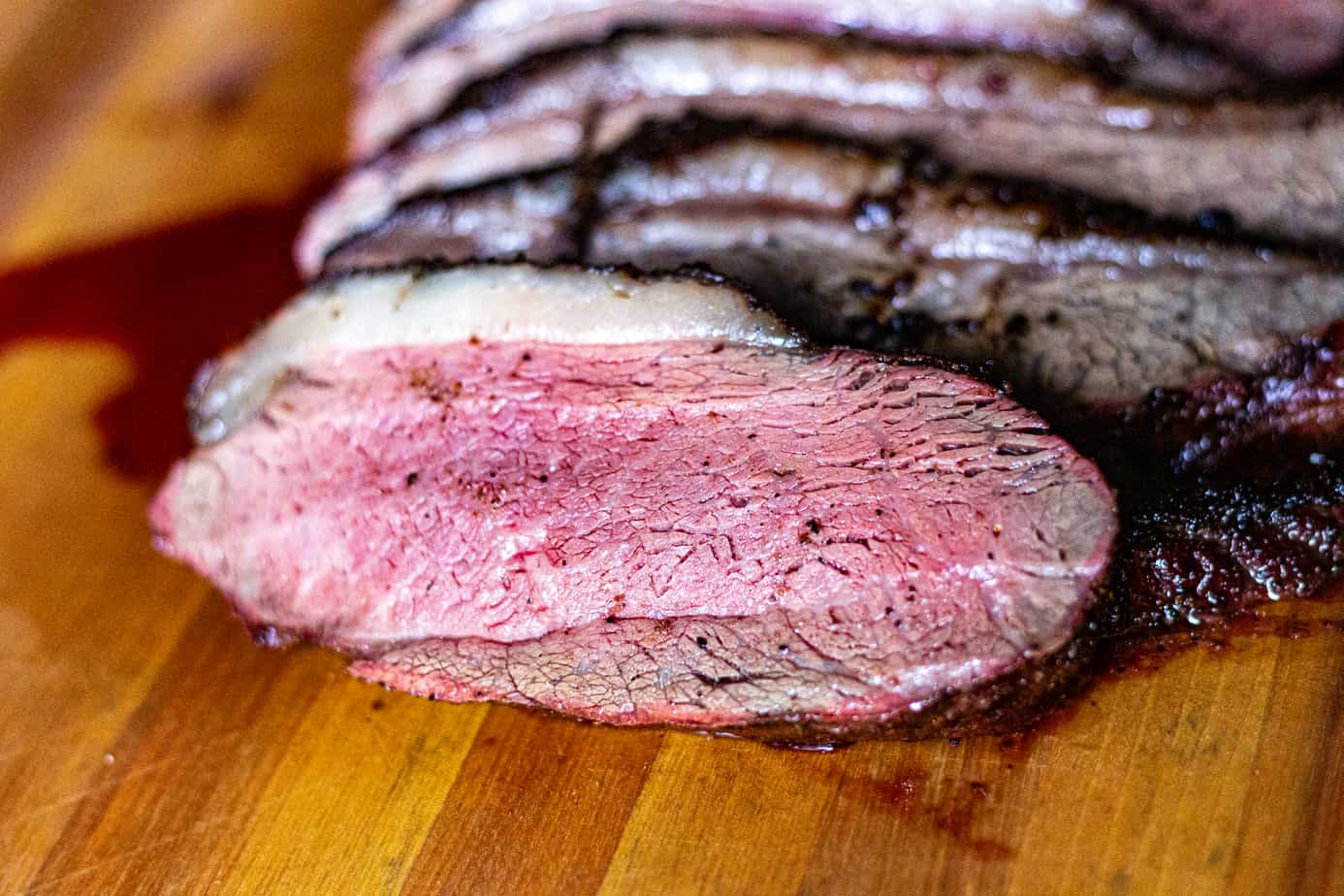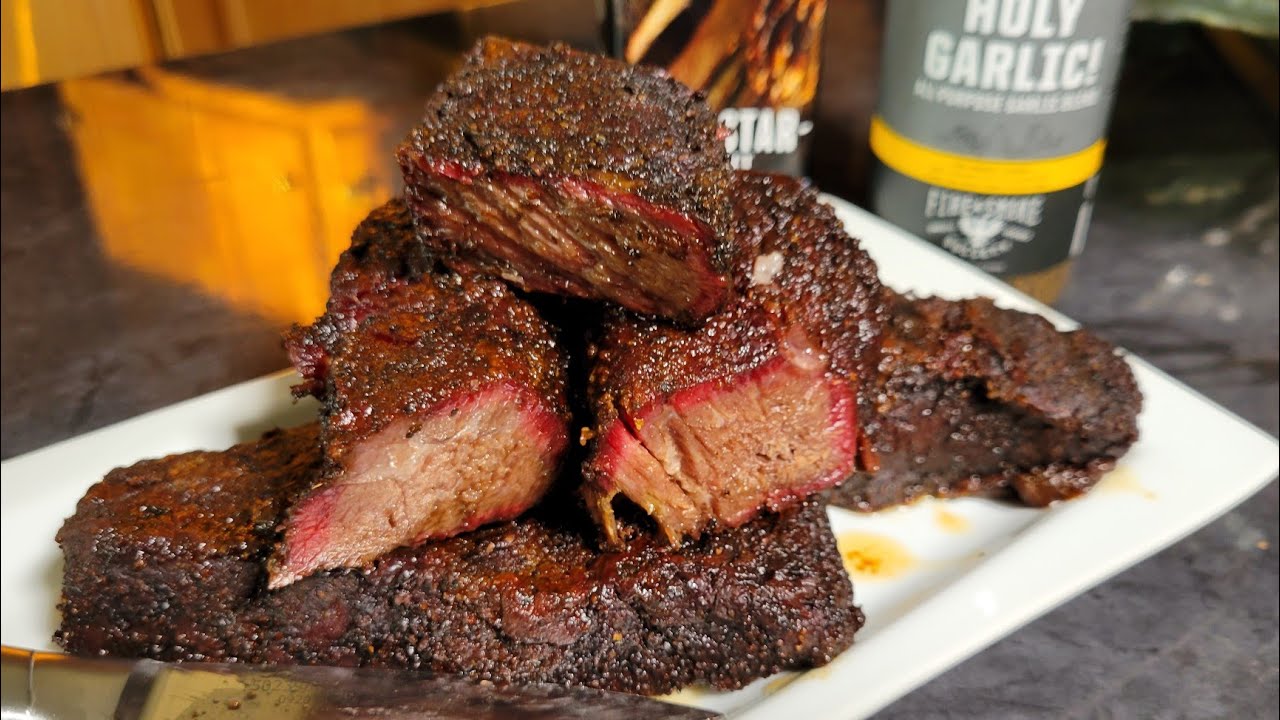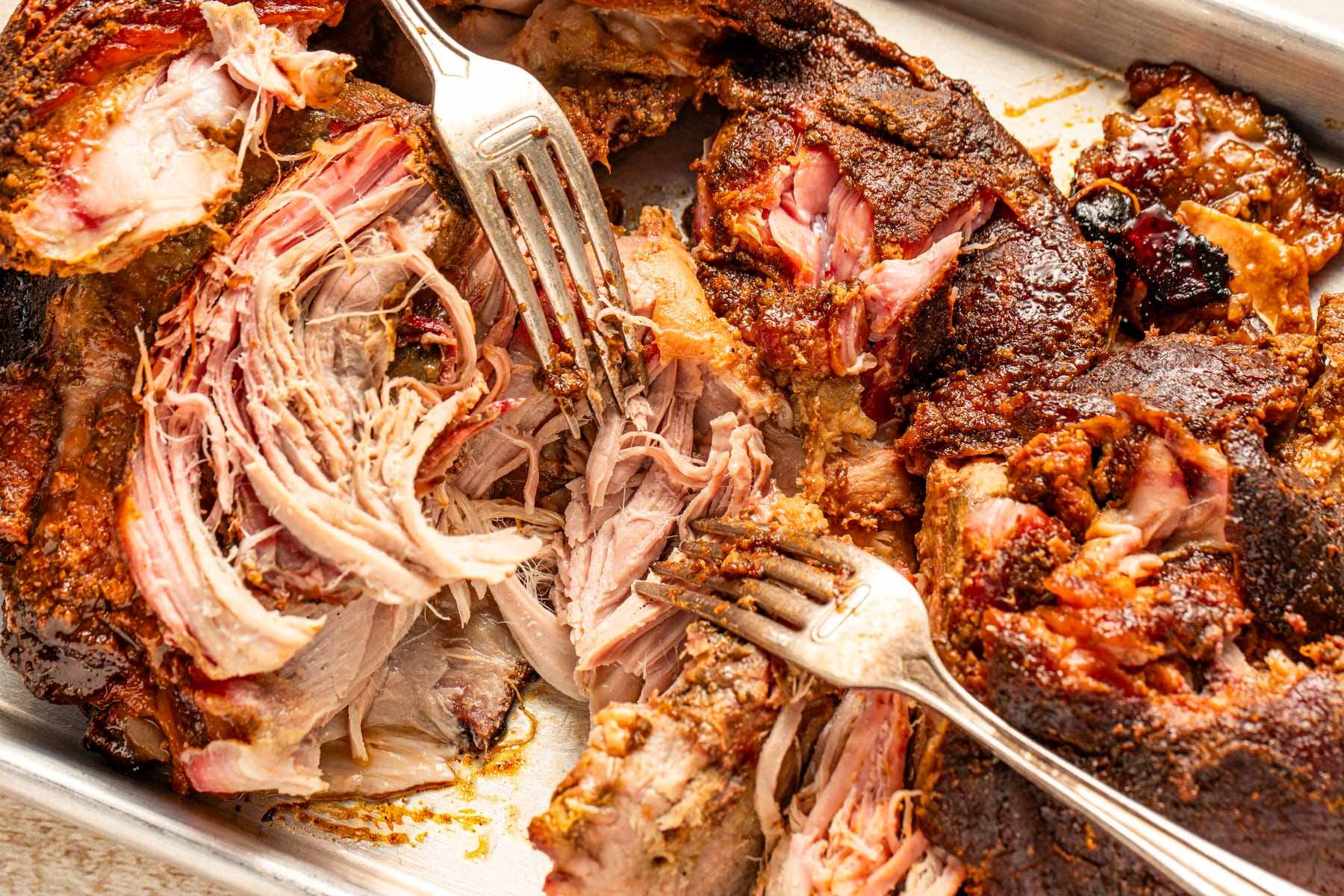Dehydrating with a Pellet Grill: A Game-Changing Technique
Dehydrating food is a fantastic way to preserve fruits, vegetables, and meats while intensifying their flavors. While there are various methods for dehydrating food, using a pellet grill can be a game-changer. Not only does it add a delicious smoky flavor to the food, but it also allows for precise temperature control, making it an ideal tool for dehydrating a wide range of ingredients.
Why Use a Pellet Grill for Dehydrating?
Pellet grills are versatile outdoor cookers that use wood pellets as fuel, providing a consistent heat source and a rich, smoky flavor. When it comes to dehydrating, pellet grills offer several advantages:
- Even Heat Distribution: The convection heat generated by a pellet grill ensures that food dehydrates evenly, without the need for constant monitoring and rotation.
- Temperature Control: Many pellet grills come with digital temperature controls, allowing you to set and maintain the ideal temperature for dehydrating different types of food.
- Flavor Infusion: The natural wood smoke from the pellets adds a unique and delicious flavor to the dehydrated food, enhancing its overall taste.
Dehydrating Tips for Pellet Grills
When using a pellet grill for dehydrating, there are a few key tips to keep in mind to ensure successful results:
- Preheat the Grill: Start by preheating the pellet grill to the recommended temperature for the type of food you are dehydrating.
- Use Thin Slices: For fruits and vegetables, slice them thinly and uniformly to ensure even dehydration.
- Arrange Properly: Place the food in a single layer on the grill grates, allowing for proper air circulation and even drying.
- Monitor Progress: Check the food periodically to ensure it is dehydrating evenly, and make any necessary adjustments to the temperature or placement of the food.
- Be Patient: Dehydrating food takes time, so be patient and allow the process to work its magic.
Popular Foods for Dehydrating with a Pellet Grill
With a pellet grill, the possibilities for dehydrating various foods are endless. Some popular options include:
- Fruits: Apples, bananas, strawberries, and mango slices make delicious and healthy snacks when dehydrated with a pellet grill.
- Vegetables: From bell peppers and tomatoes to zucchini and carrots, dehydrated vegetables are perfect for adding to soups, stews, and trail mixes.
- Meats: Thinly sliced meats such as beef, turkey, and chicken can be transformed into flavorful jerky with the help of a pellet grill.
- Herbs: Dehydrating fresh herbs like rosemary, thyme, and oregano allows you to preserve their flavors for use in cooking throughout the year.
Storing Dehydrated Food
Once your food is properly dehydrated, it’s important to store it correctly to maintain its quality. Here are some tips for storing dehydrated food:
- Cool and Dry: Store dehydrated food in airtight containers in a cool, dry, and dark place to prevent moisture and light from affecting its quality.
- Labeling: Clearly label the containers with the type of food and the date it was dehydrated to keep track of freshness.
- Vacuum Sealing: Consider vacuum-sealing dehydrated food for long-term storage, as it helps to extend its shelf life.
Conclusion
Dehydrating with a pellet grill opens up a world of possibilities for preserving and enhancing the flavors of various foods. Whether you’re making snacks for outdoor adventures or stocking your pantry with homemade ingredients, a pellet grill can be a valuable tool for dehydrating. With the right techniques and a bit of patience, you can enjoy delicious, shelf-stable treats that are perfect for any occasion.
For those intrigued by the art of dehydrating with a pellet grill, there are a variety of recipes to experiment with. One can start with the Dehydrated Apple Chips or Dehydrated Strawberry Slices, both offering a sweet and simple introduction to the technique. For a savory twist, the Smoky Beef Jerky and Smoky BBQ Kale Chips deliver robust flavors that showcase the grill's smoky potential. The Dehydrated Sweet Potato Chips and Smoky Bell Pepper Strips provide snackable options that are both healthy and delicious. For a more adventurous palate, try the Spicy Dehydrated Pineapple Rings or Smoky Mushroom Jerky, which offer unique flavor profiles. Each recipe is crafted to maximize the grill's capabilities, ensuring a satisfying and varied dehydrating experience.
Was this page helpful?
Read Next: How To Dehydrate Fried Rice
